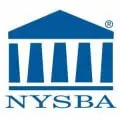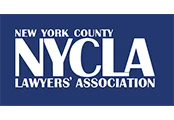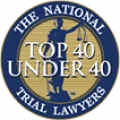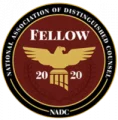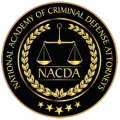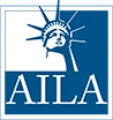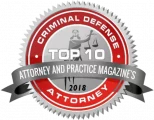There are a few common disciplinary actions in New York schools that are designed to deal with different types of student misconduct. These actions are meant to address the needs of each situation while maintaining a learning environment that is safe and supportive. Schools and school districts are responsible for taking proper action to address a specific infraction, allowing disciplinary hearings, and only using severe disciplinary action when necessary.
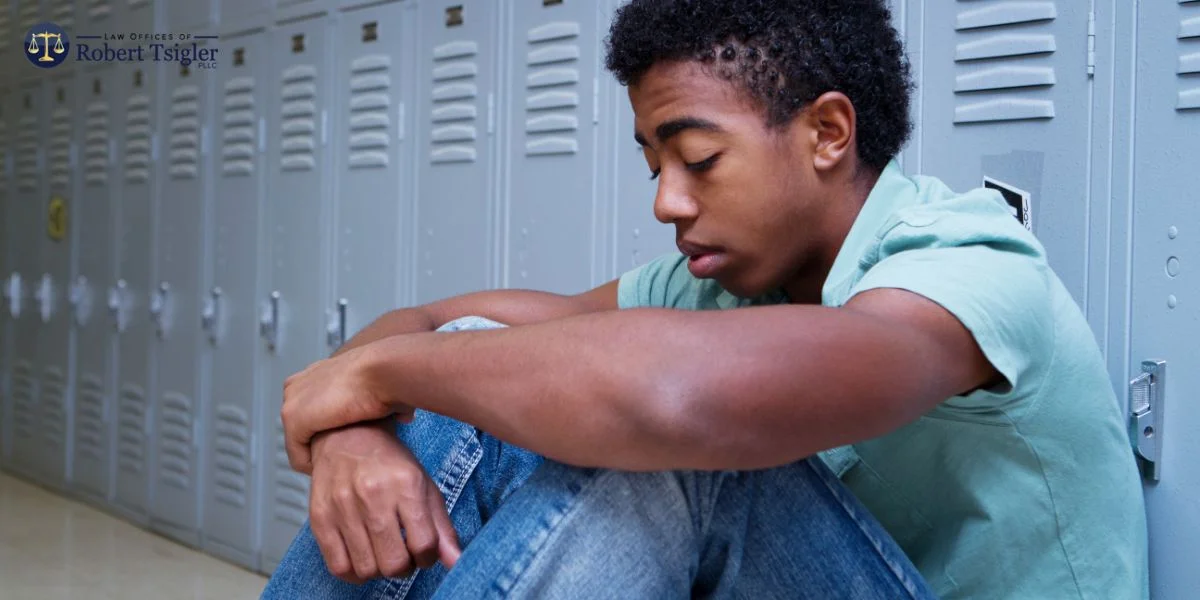
Common Disciplinary Actions in New York Schools
When determining the most suitable form of disciplinary action, educators must take certain factors into consideration, such as the student’s disciplinary history, the severity of the offense, the age of the student, and any special needs or other relevant circumstances. There must be a balance between accountability and fair treatment.
In-School Discipline
A student can receive in-school discipline that may subject them to detention or exclusion from communal lunchtime or extracurriculars. This form of disciplinary action can be taken if it doesn’t take place during a class period and doesn’t result in the student missing class. There may also be meetings or conferences to discuss student behavior with the student and teacher, the student and other staff members, or the student’s parent/guardian.
Teacher Removal
A student can be removed from a classroom if they are continuously disruptive or make it significantly difficult for the teacher to have authority over the classroom. Students who are removed from a class can attend all classes taught by other teachers but not the teacher who requested their removal.
Out-of-School Suspension
Out-of-school suspension prohibits a student from attending school for a temporary period of time that is usually short, but it can potentially be long-term, depending on the severity of the infraction.
A student can be subject to one of two kinds of suspension: a principal’s suspension and a superintendent’s suspension. Principal’s suspensions can only last a short period of time, usually no longer than a full school week. Superintendent’s suspensions typically last no longer than a few weeks following a serious infraction.
Expulsion
Expulsion is a last resort and the most serious form of school disciplinary action, where a student is permanently withdrawn from a school or school district. Only the Senior Executive Director of the Office of Safety and Youth Development, a designee of the Chancellor, or the Community Superintendent can expel a student from the public school system. However, the student must be in general education and must have turned a certain age before the school year began in July.
Grounds for Serious Disciplinary Actions
The following are infractions punishable by the principal’s suspension or the superintendent’s suspension, depending on the circumstances. This is not an exhaustive list.
- -Disruptive behavior
- -Use of slurs
- -Academic dishonesty
- -Engaging in minor physical altercations or displaying confrontational behavior toward peers or school staff
- -Tampering with school documents or records
- -Bullying
- -Harassment
- -Aggressive or harmful behavior
- -Drug or alcohol possession, use, or distribution
- -Taking or attempting to take another’s property
- -Possession, sale, or display of specified weapons
- -Inflicting or attempting to inflict serious bodily injury on another person
- -Starting a fire
The following infractions are acts that typically call for a superintendent’s suspension, at the very least:
- -Using specified weapons to threaten or attempt to inflict bodily injury upon staff, students, or others
- -Possessing or using a firearm or explosive
A superintendent’s suspension may only exceed a certain number of days when the law requires it. It may also be extended for infractions that constitute seriously dangerous or violent behavior and the circumstances warrant a longer suspension. If a prolonged suspension becomes necessary, the next disciplinary option, expulsion, may be considered for certain students.
Student Rights During Disciplinary Actions in New York
All students have rights when they are facing disciplinary actions, especially when the action can affect their student record or future. These include the right to:
- -A written notice of allegations and possible consequences
- -A disciplinary hearing for a superintendent’s suspension or expulsion
- -An advocate
- -Appeal a decision
These rights, as well as others, ensure a fair disciplinary process and allow students to advocate for themselves.
FAQs
Q. What Are the Four Most Common Types of Disciplinary Problems?
A. The four most common types of disciplinary problems are bullying, defiance, aggression, and disrespect. These are issues that can severely affect student well-being, the learning environment, and the school climate as a whole, so it is essential to address them. Schools can take preventative measures and implement strategies to help reduce the occurrence of these problems.
Q. What Are Examples of Discipline in Schools?
A. Discipline in schools refers to specific strategies and methods that educators employ to manage student behavior. Examples of discipline in schools include:
- -Verbal warnings
- -Detention
- -Removal from class
- -Exclusion from certain activities
- -Suspension
- -Expulsion
These examples show a wide range of approaches to student discipline in schools. The correct approach must be taken based on the offense and the circumstances surrounding the situation.
Q. What Is 3214 of New York Education Law?
A. Section 3214 of New York Education Law pertains to student suspensions in New York schools. This law details the circumstances under which a student may face suspension as well as requirements and procedures for schools regarding student disciplinary actions. The law aims to protect students’ rights to due process and make sure that they are given fair treatment.
Q. What Is the Most Common Type of Disciplinary Procedure?
A. The most common type of disciplinary procedure in schools usually involves:
- -A meeting between the student and teacher, where the teacher gives a verbal warning
- -Parental involvement to address the student’s behavior
- -Detention, either after school or during the lunch period
- -Suspension for continued or severe misconduct
- -Expulsion as a last resort
Some schools may also use alternative strategies, such as counseling or other behavioral interventions, to help students develop appropriate behaviors.
Contact the Law Offices of Robert Tsigler, PLLC
At the Law Offices of Robert Tsigler, PLLC, we have experienced lawyers with an in-depth knowledge of the discipline laws and regulations for New York schools. We can answer any questions and address any concerns you have about disciplinary actions and how you or your child can be affected. Contact our office today to speak with one of our legal professionals.






